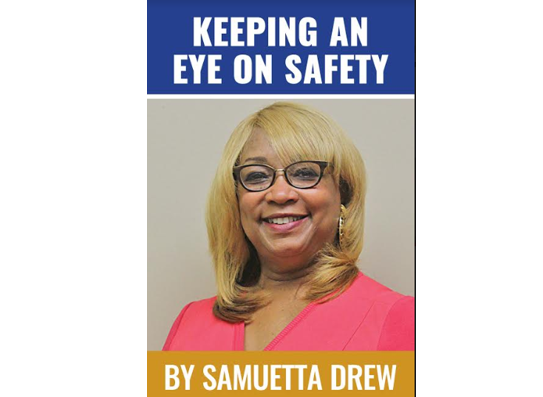As we enter into the close of our summer’s safety article series, which has been centered around water safety, it is important that we add an article about understanding navigation markers when boating.
These myriad shapes, sizes and colors of boating signs, markers and buoys become the road signs and painted lines on water for a boater. They can be confusing to a new boater, but these aids are the traffic signals that guide boaters safely along waterways. All the different “road signs” of the water are called “aid to navigation (AIS).” Those aids to navigation identify dangerous or controlled areas and give directions and information.
There are many AIS and they can be confusing to read and understand. These AIS will include fixed markers on poles and pilings as well as a variety of floating buoys that are anchored to the bottom. Why the variety you may ask? The answer is simple, mostly, it is a matter of physical geography.”

Knowing the basic AIS is a good idea and will keep you and other boaters out of trouble. You need to start with the most common AIS and some others used elsewhere throughout the nation’s coastal and inland waters.
The two main types of AIS are buoys and beacons. Buoys float on top of the water and are anchored to the bottom. A buoy with a cylindrical shape and a conical top is referred to as a “nun”. Those mark the edge of the channel on your starboard (right) side when entering from the open sea or heading upstream on a river or lake. A buoy with a cylindrical shape and flat top is called a “can”. Those mark the edge of the channel on the port (left) side when entering from the open sea heading upstream.
Buoys are commonly used in deep water where it is difficult to drive a piling. In other places, channels may shift and change over time, so again utilizing a buoy (which can be moved and re-anchored at a later date) is the norm.
Beacons are permanently fixed and most commonly anchored to the bottom. In areas where the bottom composition does not change much over time and the water is shallow enough to drive a piling, a fixed marker (which does not require as much regular maintenance) is often a better option.
Also remember that some, but not all, beacons and buoys will be lit. Those that are lighted will blink at a specific frequency. These frequencies are marked on charts and chartplotters. So, if you see a red one blinking every three seconds, for example, you can look at your chart, find the nearest red marker that blinks at that frequency, and easily identify the marker you are looking at.
A beacon that has a light attached is simply referred to as a “light.” A beacon without a light attached is called a “daybeacon.” Buoys and beacons offer a variety of navigation information according to shape, color, light and audible signal.
A boater should treat the beacons (fixed markers) and the buoys exactly the same. Knowing and understanding these AIS is essential to Keeping an Eye on Safety while boating.




